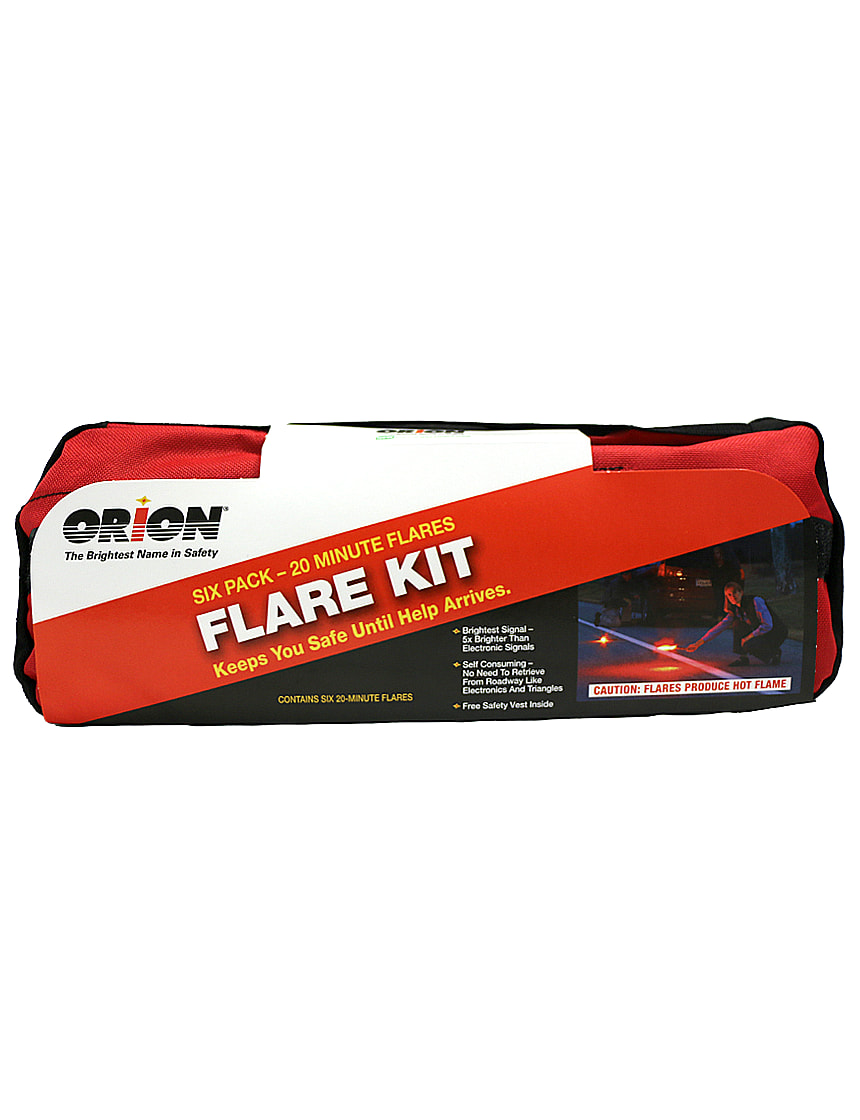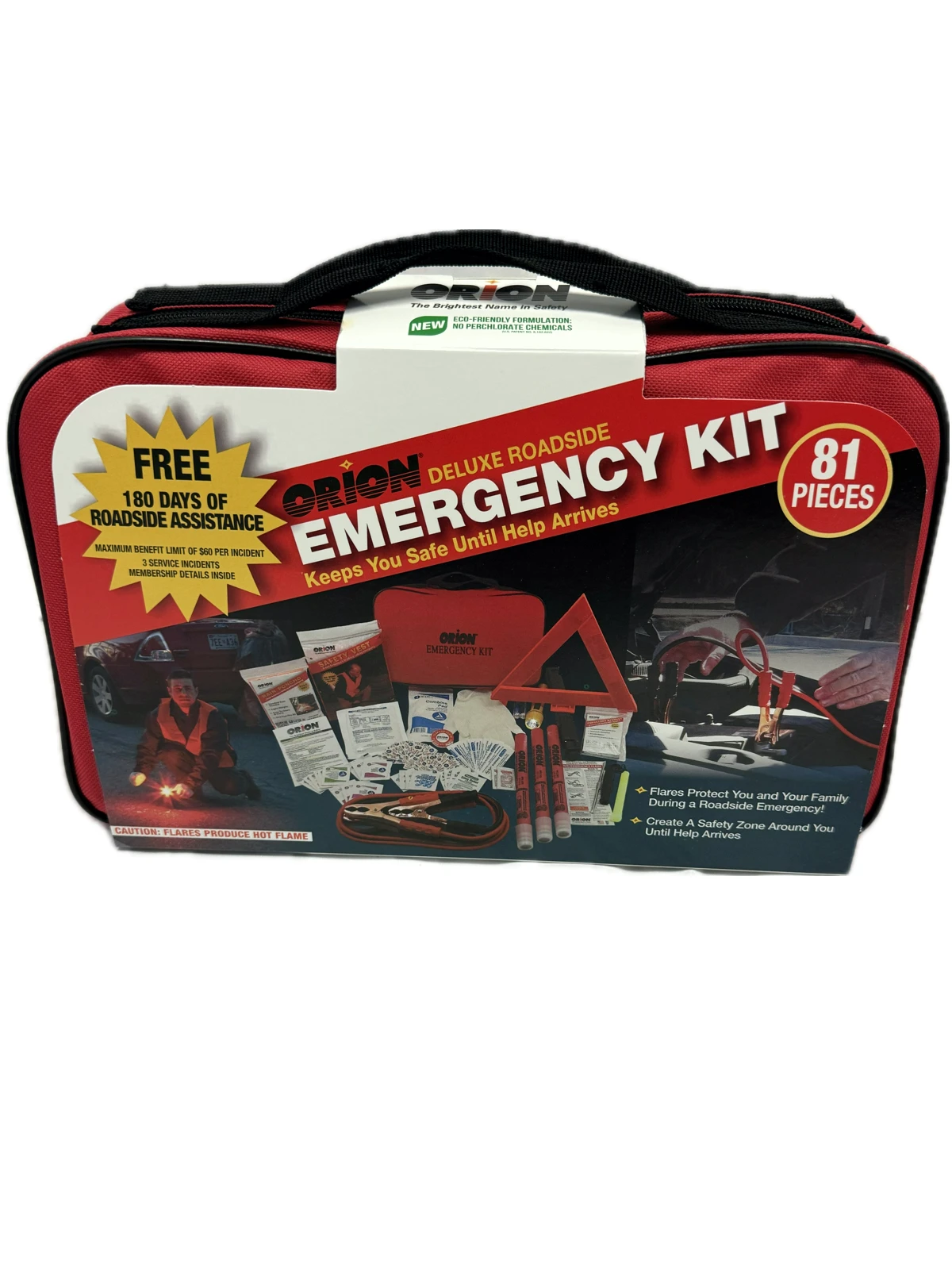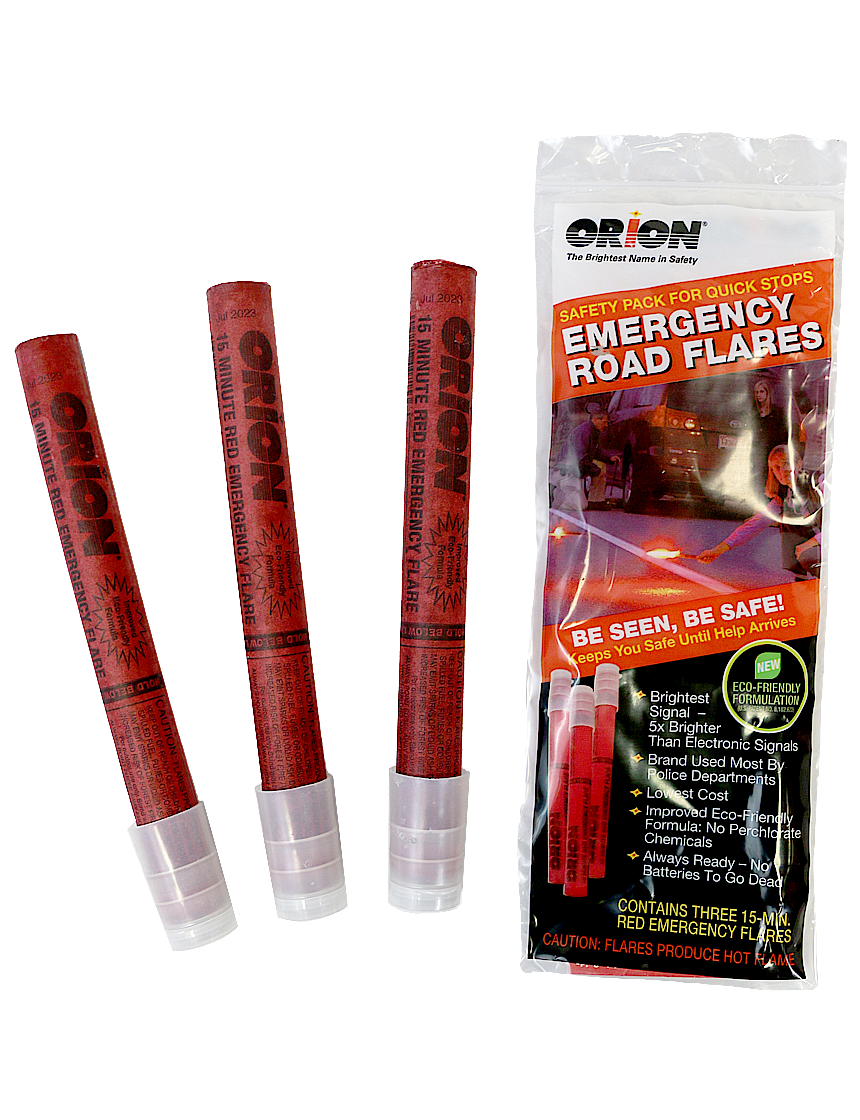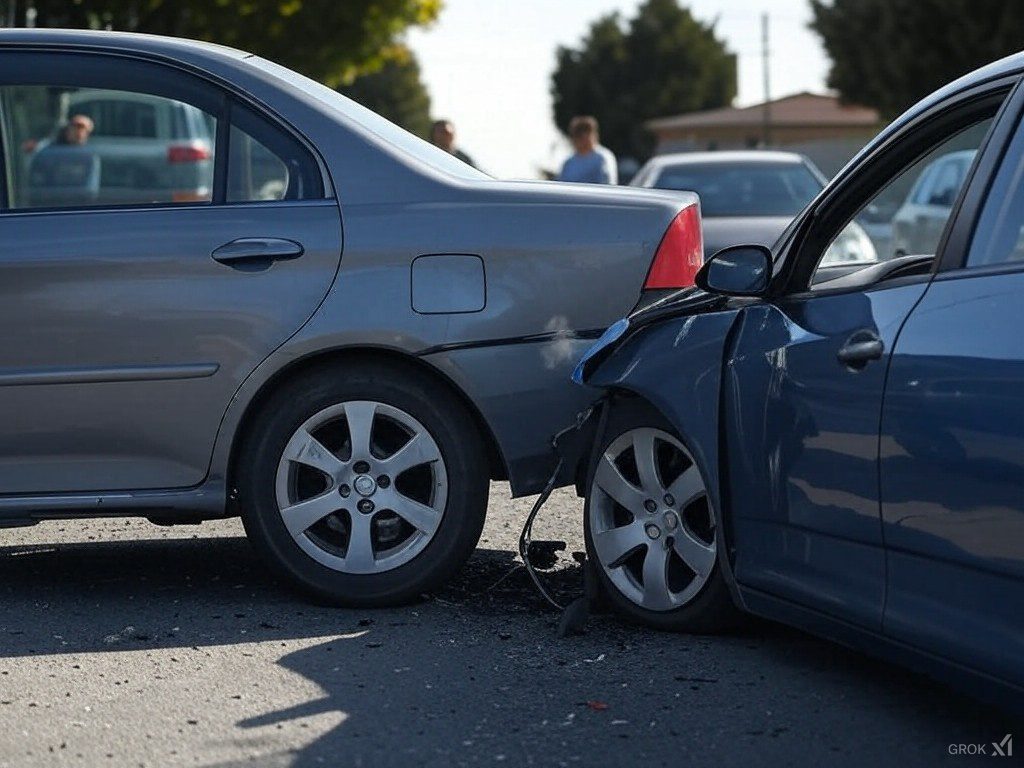How to Safely Report an Accident on the Road or Highway
Quick Checklist
- Stay Safe: Turn on hazard lights and move out of traffic if possible.
- Call for Help: Dial 911 (or local emergency numbers) for injuries or major damage. (Source: National Highway Traffic Safety Administration [NHTSA])
- Document: Take photos, notes, and gather witness information.
- Exchange Info: Swap insurance and personal details with involved parties. (Source: Insurance Information Institute [III])
- Contact Insurance: Notify your insurer promptly with all relevant details.
- Obtain Police Report: Verify accuracy and request corrections if needed.
Prioritize Safety
Immediately After the Collision
Assess Personal Safety: Before doing anything else, check for injuries to yourself or your passengers. If you suspect any serious injury (e.g., neck or back pain), do not move the injured person unless they are in immediate danger. Activate your hazard lights to alert oncoming traffic. (Source: National Safety Council [NSC])Move Out of Harm’s Way
If your vehicle is drivable, carefully guide it to the shoulder or a safe space away from active lanes. Always exit the vehicle on the side away from traffic. If you are on a highway, remaining behind a guardrail or barrier is safer while waiting for help.Warn Other Road Users
When your vehicle is stopped on or near the roadway, it is critical to enhance your visibility and alert approaching drivers. Deploy cones, reflective triangles, or flares behind your car at intervals of approximately 10–20 feet to create a clear warning zone. If you don’t have these emergency warning devices, you can find quality options at TrafficSafetyStore.com , such as:Check for Injuries in Other Vehicles
If conditions permit, ensure that occupants of other involved vehicles are safe. Call emergency services immediately if anyone appears seriously injured, unconscious, or trapped.Contact Emergency Services
Call the Police
Many jurisdictions require notifying the police if injuries are involved or if property damage exceeds a set amount. Provide clear location details, such as mile markers, cross streets, or GPS coordinates, to speed up their arrival. (Source: NHTSA)Call an Ambulance (If Necessary)
For severe injuries, dial 911 (in the U.S.) or your local emergency number. Clearly state how many people are injured, describe their injuries, and mention any special hazards like leaking fuel or a vehicle fire.Stay on the Line
Remain connected with the dispatcher until they instruct you to hang up. Follow any guidance they provide regarding first aid or accident scene management. (Source: AAA Crash Guidance)Document the Scene Thoroughly
Gather Visual Evidence
Use your phone or a camera to take photos of vehicle damage, license plates, road conditions, skid marks, and relevant landmarks. If available, save any dashcam footage.Take Notes
Record the date, time, weather conditions, approximate vehicle speeds, and any witness contact information. These small details can be critical if disagreements arise later.Exchange Information
Collect and provide full names, driver’s license numbers, phone numbers, vehicle license plates, and insurance details. Keep the conversation factual—avoid arguments or assigning blame. (Source: Insurance Information Institute: What to Do After an Accident )Notify Your Insurance Company
Contact Them Promptly
Many insurance policies require you to report an accident within a specific timeframe (e.g., 24 hours). If your insurer offers a mobile app, it can simplify reporting by allowing direct uploads of photos and other evidence.Provide Comprehensive Information
Share your photos, videos, witness statements, and police report details with your insurance representative. Keep a record of all claim numbers and communications for future reference.Uninsured or Underinsured Drivers
If the other driver lacks insurance or has insufficient coverage, ask your insurer about your uninsured/underinsured motorist (UM/UIM) policy. This coverage may help offset costs.Follow Up with Authorities
Obtain a Copy of the Police Report
A police report is essential for insurance claims and potential legal matters. Double-check the details and, if you spot inaccuracies, request corrections from the issuing officer. (Source: Department of Motor Vehicles: Accident Guide )Cooperate with Investigations
Insurance adjusters and law enforcement may ask for additional statements. Provide factual, consistent information. Consider consulting a lawyer if you feel uncertain about any legal implications.Additional Considerations
Multi-Vehicle Collisions
More vehicles mean added complexity. Prioritize personal safety by moving out of traffic, and be prepared for a longer wait time as first responders coordinate with multiple drivers.Rental or Leased Vehicles
If you’re in a rental or leased car, contact the rental agency or leasing company as soon as possible. They may have extra steps or paperwork for you to complete.Hit-and-Run Incidents
If the other driver leaves the scene, try to note their license plate, vehicle make/model, color, and direction of travel. Immediately report this to the police.Language Barriers or Disabilities
If you struggle with the local language, request an interpreter or ask a bilingual bystander to help communicate details. Hearing or speech-impaired individuals in many regions can use text-to-911 or other specialized services.Handling Special Circumstances
- Vehicle Too Damaged to Move: Turn off the ignition and set the emergency brake. Use hazard lights, flares, or triangles to warn others, then call for tow services.
- Suspected Intoxicated Driver: Limit interaction if you feel unsafe. Lock your doors, call the police, and report your suspicions when they arrive.
- Potential Aggression: If the other driver is hostile, remain in your vehicle with windows up. Contact authorities immediately and wait for them to mediate.
- No-Fault or At-Fault States: Different laws apply depending on where you live. If you’re unsure about your state’s rules, check with your insurer or your local department of motor vehicles.
Common Mistakes to Avoid
- Leaving the Scene: In most areas, it’s illegal to leave without sharing information or notifying authorities if required.
- Neglecting Documentation: Photos, witness statements, and a police report can make or break insurance claims.
- Ignoring Minor Injuries: Whiplash or other issues may show up hours or days later. Seek medical attention for any symptoms.
- Delaying Contact with Insurance: Late or incomplete reporting may impact coverage or claims.
- Making Rash Statements: Don’t apologize or blame others prematurely. Stick to factual accounts.
Emotional & Legal Support
Emotional Aftermath
Accidents can be stressful and upsetting. Talk with friends, family, or mental health professionals if you experience anxiety or trauma. Some workplaces offer Employee Assistance Programs (EAP) with short-term counseling. (Source: Centers for Disease Control and Prevention [CDC]: Coping with a Traumatic Event )Legal Advice
If significant property damage, serious injuries, or disputes arise, consult an attorney specializing in vehicle accidents. Smaller claims can sometimes be resolved in small claims court without extensive legal representation.Prepare in Advance
Roadside Emergency Kit: Keep a kit in your trunk that includes reflective triangles, a flashlight, a first-aid kit, a phone charger, and basic tools. If you need a comprehensive option, consider the Orion Deluxe Roadside Emergency Kit from TrafficSafetyStore.com (dofollow). Familiarize Yourself with Local Reporting Laws: States and countries vary in their required thresholds for reporting accidents. Double-check with your local Department of Motor Vehicles or equivalent authority for specific guidelines. Utilize Technology: Many insurance companies offer apps for filing claims, uploading photos, and storing policy info. Taking advantage of these tools can streamline the post-accident process.Conclusion
Properly reporting an accident can save valuable time, reduce confusion, and ensure everyone involved receives the care and support they need. From prioritizing your safety and documenting the scene to navigating insurance procedures and local regulations, each step contributes to a smoother resolution. Above all, remember to stay calm, protect yourself and others, and follow the guidance of official agencies.Disclaimer: The information provided in this article is general in nature and may vary based on your location or specific circumstances. Always follow local laws and regulations regarding accident reporting, and consult professional legal advice if necessary.
Order your Traffic Cones Today! Call us at 800-429-9030.

Orion Flare Kit Plus Emergency Kit
Orion Flare Kit Plus Emergency Kit
- High-Visibility Emergency Signaling – Includes Five (5) premium Orion 20 Minute safety flares for reliable alerts in any weather or lighting conditions.
- Safety Vest for added Visibility - For personal protection when deploying safety flares
- Comprehensive Roadside Essentials – Features a first aid kit, 8' jumper cables, lightstick, and other critical tools for unexpected emergencies.
- Durable & Compact Design – Weatherproof kit with a sturdy, portable case for easy storage and accessibility in any vehicle. Measures 12 1/4" x 8 1/4" x 4"

Triangle Reflector Warning Kit
Easily deployed and stored, these florescent triangle emergency road flares are designed to meet or exceed all DOT and FMVSS 125 standards. Acrylic plastic strip reflectors have a permanent seal against dust and moisture damage. Ballasted, blow molded tube with non-slip foam pads provides a study base. Wire controlled tilting. Holds up to storms and extreme winds. Bright red carrying case with handle included.
- Meets DOT FMVSS 125 Standards
- Kit includes Three (3) Reflective Triangle in a Carrying Case
- Carrying case measures 18" Long x 5" Wide x 4 1/2" Tall and approx. 10 lbs.

Orion 20-Minute Road Flares - Pack of 6
Orion 20-Minute Road Flares - Pack of 6
- High Visibility Red Nylon Carrying Case
- Contains six (6) road flares
- Each flare will burn for 20 minutes
- High Visibility Orange Vest included for added safety!

Orion Deluxe Roadside Emergency Kit
Orion Deluxe Roadside Emergency Kit
- Don't get caught broken down on the side of the road without our 81 piece breakdown kit
- Contains (to just name a few..) Flares & road triangle, Flashlight, Lightstick, Emergency Blanket, Safety Vest, Jumper Cables & more (see complete list below)

Orion 15-Minute Road Flares - pack of 3
Orion 15-Minute Road Flares - pack of 3
- Bag contains three (3) road flares
- Each flare will burn for 15 minutes

